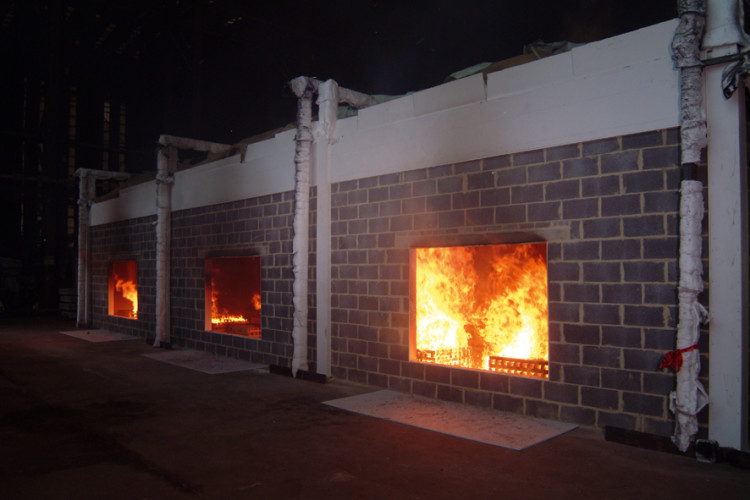“They fell victim, along with others, to the belief that if a building complied with existing regulations and Codes of Practice, it must be deemed to be safe.”
This isn’t a statement from the Hackitt review. It comes from a report into the Ronan Point disaster in 1968, when four lives were lost following the partial collapse of a 22-storey tower block in east London. Public confidence was shaken and the construction industry condemned for “appearing to treat compliance with the byelaws as a tiresome formality rather than as an important safeguard”.
Fifty years on, and in the wake of the Grenfell Tower tragedy, this censure over complacency about safety in our built environment seems more damning than ever. It is also an important reminder that the safeguards we put in place following serious incidents must be well considered and comprehensive to prevent history repeating itself.
Stripping combustible cladding from at-risk buildings is a very visible response to the events at Grenfell Tower. But ensuring our building regulations are fit for purpose requires a thorough consideration of all safety-critical elements, including the less visible structural components that are crucial to a building’s fire performance.
Unlike Ronan Point, Grenfell Tower suffered no collapse – because it was designed for structural strength specifically in response to the Ronan Point disaster. The burnt-out shell is standing even now.
Current regulations, however, do not demand the same level of fire resistance that was designed into Grenfell Tower’s structural frame. Advice in the current Approved Document B3 (1) states ambiguously that a building’s stability must last for “a reasonable period” in a fire. The definition of ‘reasonable’ is vague and subject to various considerations.
On New Year’s Eve 2017, a fire devastated the Liverpool Echo Arena car park. Current regulations for an open-sided car park less than 30 metres in height require resistance in a standard fire of only 15 minutes, rising to 30 minutes for escape elements.
In the event, the fire burned at more than 1,100ºC, significantly hotter than a standard fire, and for more than two hours.
Fortunately, the car park survived complete burn-out without significant collapse, largely due to its concrete structure providing fire resistance substantially above the minimum requirements. Nobody was hurt, though residents of nearby apartments were evacuated due to the thick smoke.
Thirty minutes’ fire resistance may have proved ‘reasonable’ for an evacuation but had the car park then collapsed the results could have been catastrophic.
Our duty of care in designing buildings extends beyond the occupiers.

In April this year, a leaked 210-page report produced by BRE Global for the Metropolitan Police’s criminal investigation into the Grenfell fire suggested that, if the original building had been built to “less stringent modern standards” of fire resistance, “it is likely the tower would have collapsed, whether fully or partially”.
The current minimum standards are not enough to protect buildings from collapse. They need to be strengthened, particularly in dense urban contexts where structural failure would be disastrous.
Designing for stability requires an understanding of the structural performance of buildings under duress. While the Hackitt review has recommended enhanced testing regimes for specific fire systems, these should be extended to include structural components. Only then will architects and engineers have a robust picture of a building’s composite fire performance.
Structural elements are currently tested against a standard fire with a defined temperature and time curve. This is not intended to reflect reality but is designed to compare the fire performance of different materials, setting minimum relative performance only against a standard fire. The Liverpool Arena car park example shows that the conditions in this laboratory test can be very different from the reality of an actual fire.
The situation is exacerbated by current testing regimes failing to consider the combustibility of structural materials. Timber frames will contribute to a fire, feeding its growth – but there is no provision for this in regulations.
Details on the Joint Competent Authority (JCA) being established to oversee safety for high-rise buildings are gradually becoming clearer. It is encouraging that the Hackitt review mandates that the principal designer should present detailed specifications “in respect of fire and structural safety as a minimum” prior to the start of construction.
This will hopefully encourage greater consideration of structural integrity and its role in designing for fire safety.
About the author: Tony Jones is principal structural engineer at The Concrete Centre
This article was first published in the October 2018 issue of The Construction Index magazine
UK readers can have their own copy of the magazine, in real paper, posted through their letterbox each month by taking out an annual subscription for just £50 a year. Click for details.
Got a story? Email news@theconstructionindex.co.uk



